News
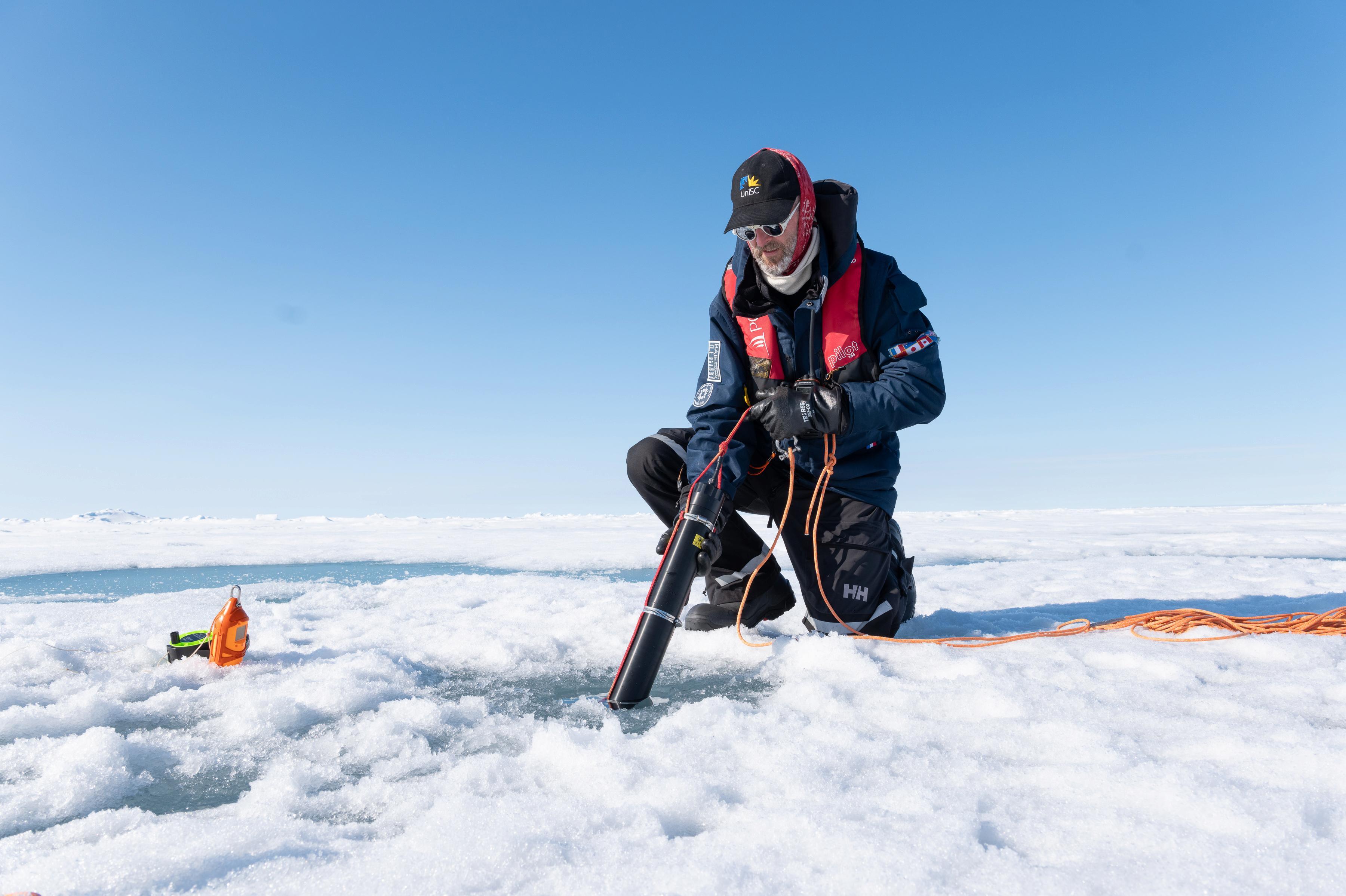
Nortek Aquadopp joins Arctic cruise with Explorers Club scientist
Dr. Adrian McCallum of the University of the Sunshine Coast was recently selected as a Science Grant awardee to join a PONANT Arctic cruise through a partnership with the Explorers Club. He brought an Aquadopp ADCP with him to gather current data in the rarely accessed and under-sampled Arctic region.
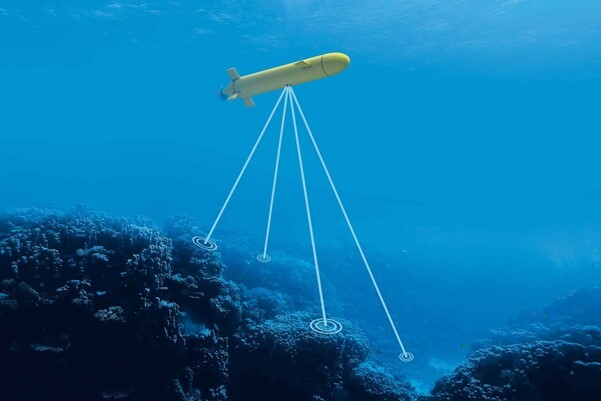
Extend your vehicle’s range without compromising on size or accuracy
In response to increased demand for subsea vehicles to be smaller and more versatile while retaining their navigational capabilities, Nortek has developed a new generation of Compact Doppler Velocity Logs (DVLs).
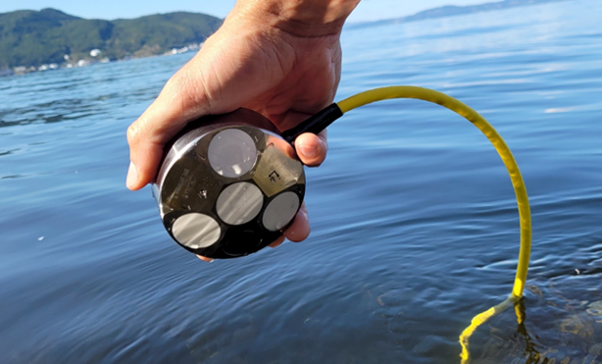
Growing low-cost subsea vehicle market enabled by sensor innovations
The development of small, low-cost subsea vehicles is facilitating commercial and research projects previously beyond the budget and capabilities of many ROV users. Getting the most out of these vehicles means relying on innovative new sensors, which is where Nortek’s new Nucleus1000 comes in.
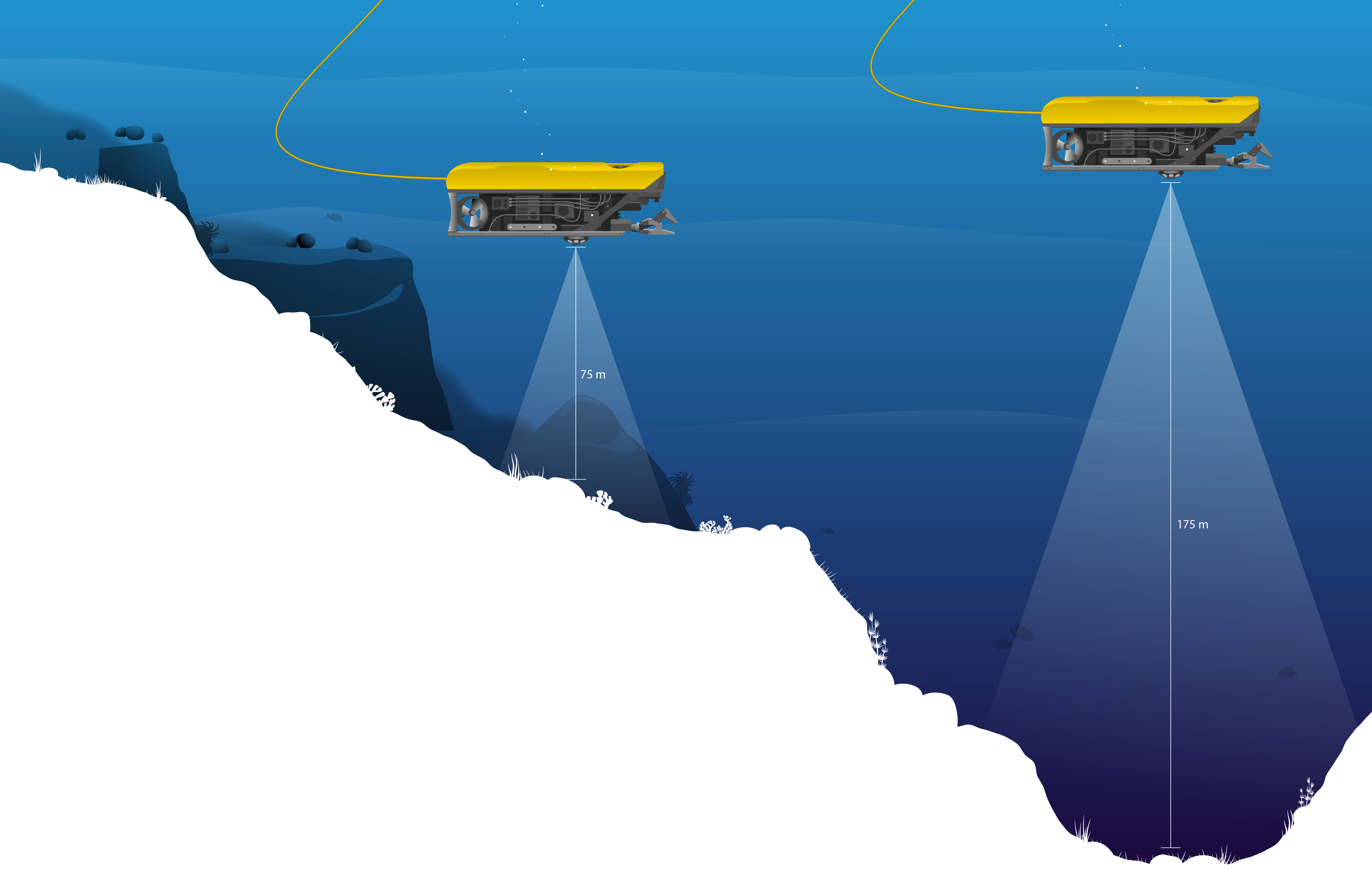
Compact, high-performance sensor development – a balancing act you need to get right
Subsea vehicles are becoming more capable, whether it is a resident robot that can spend months beneath the surface, or a large ROV performing functions like station keeping without human input. Critical to these functions are the sensors used to input data from the surrounding environment. One such sensor is the Doppler Velocity Log (DVL), which is used to provide vehicles a control system with speed over ground measurements.
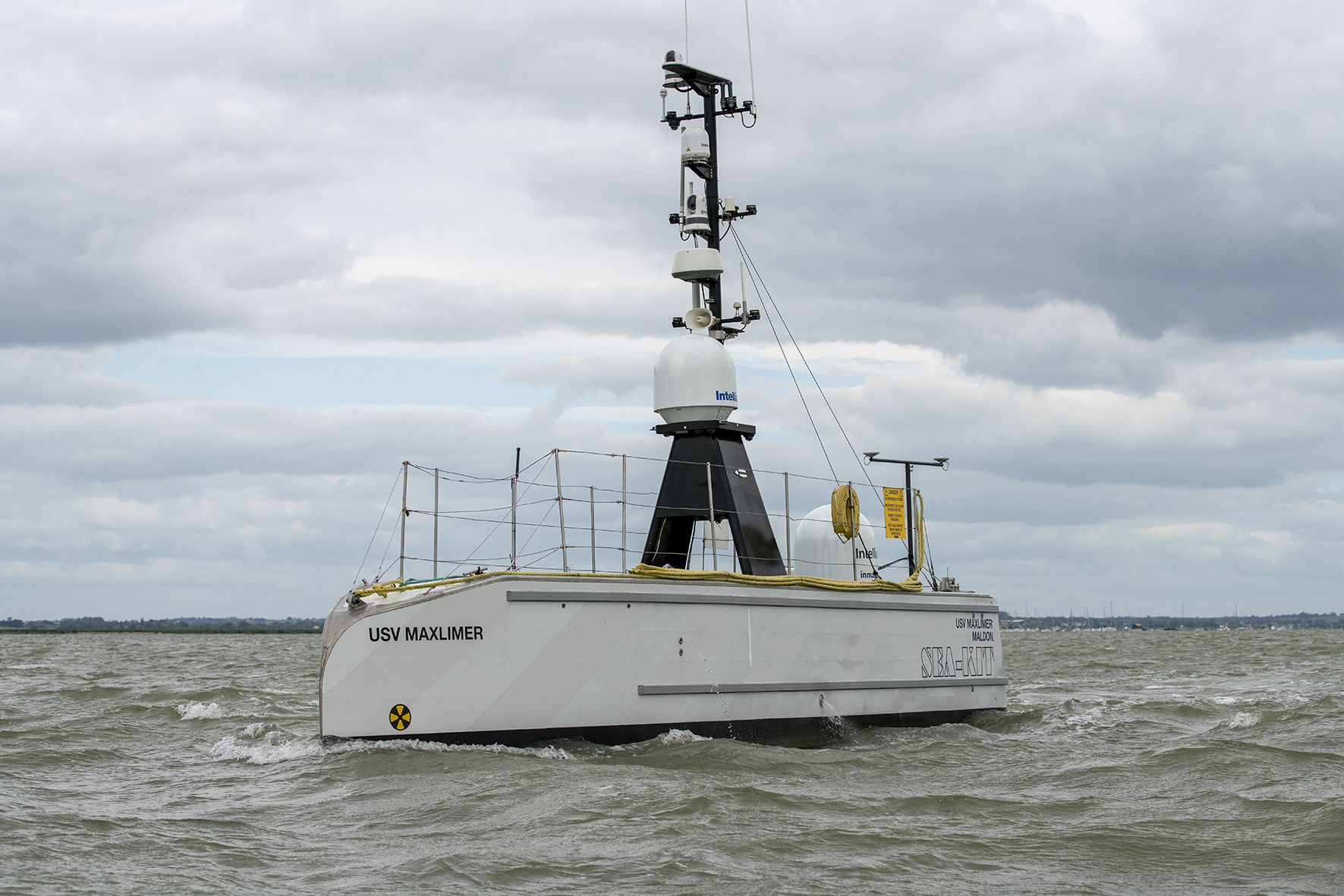
Helping the rapidly expanding USV sector strengthen data collection capabilities with ADCPs
Oceanographic measurements from Uncrewed Surface Vehicles (USVs) are opening new possibilities, and these innovative measurement platforms are pushing in-situ data collection capabilities beyond the norm. Which aspects must users keep in mind as the industry starts to deploy these new vehicles?
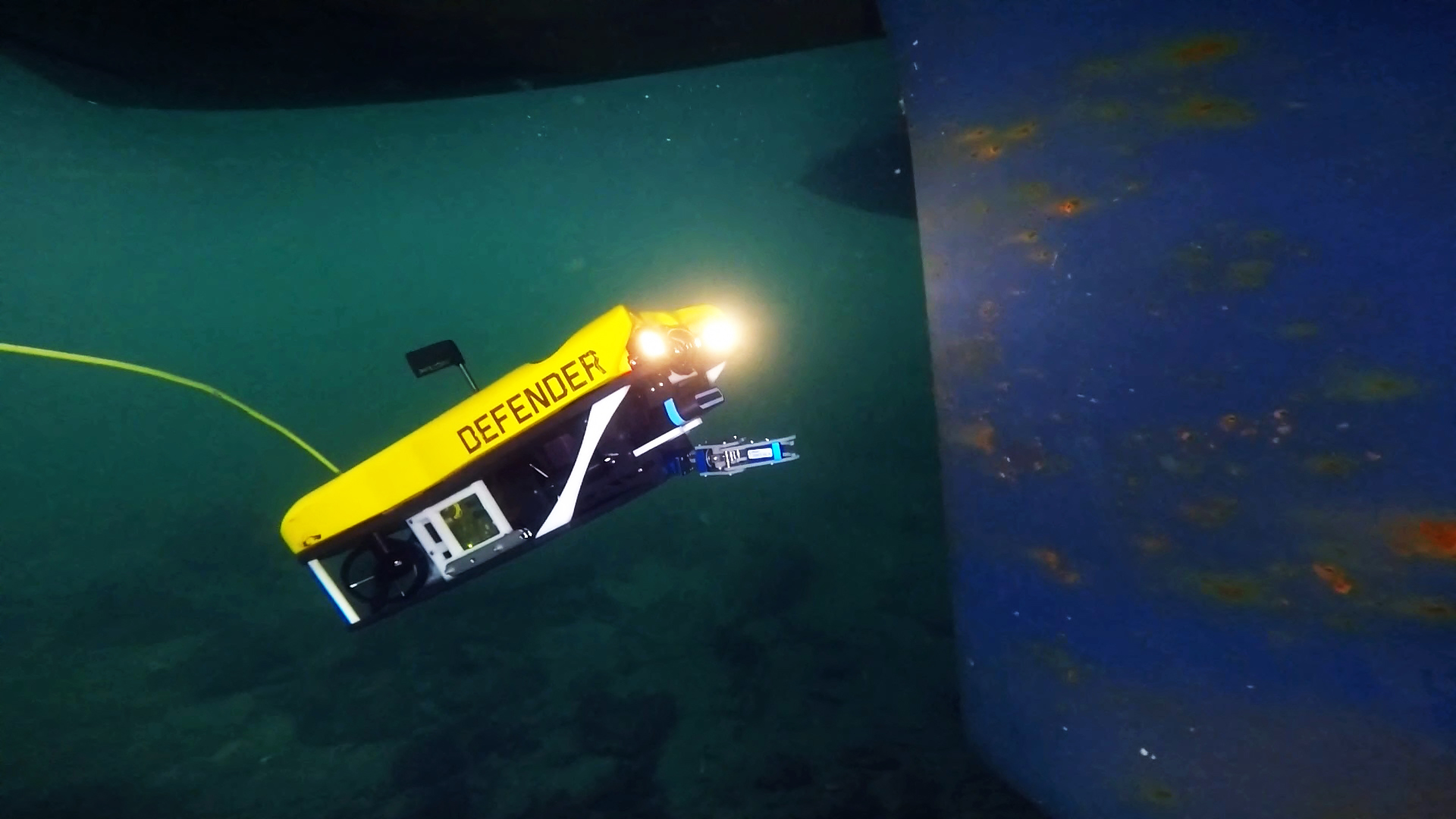
Fulfilling the changing needs of the subsea vehicle market
Doppler Velocity Logs (DVLs) are an essential navigational aid used in subsea operations where GPS is unavailable. DVLs use the Doppler effect to provide estimates of velocity relative to the seabed, preventing errors from accumulating within a vehicle’s navigation system. These sensors ensure that remotely controlled and autonomous underwater vehicles (ROVs and AUVs) can perform a variety of tasks accurately and consistently with minimal human input.
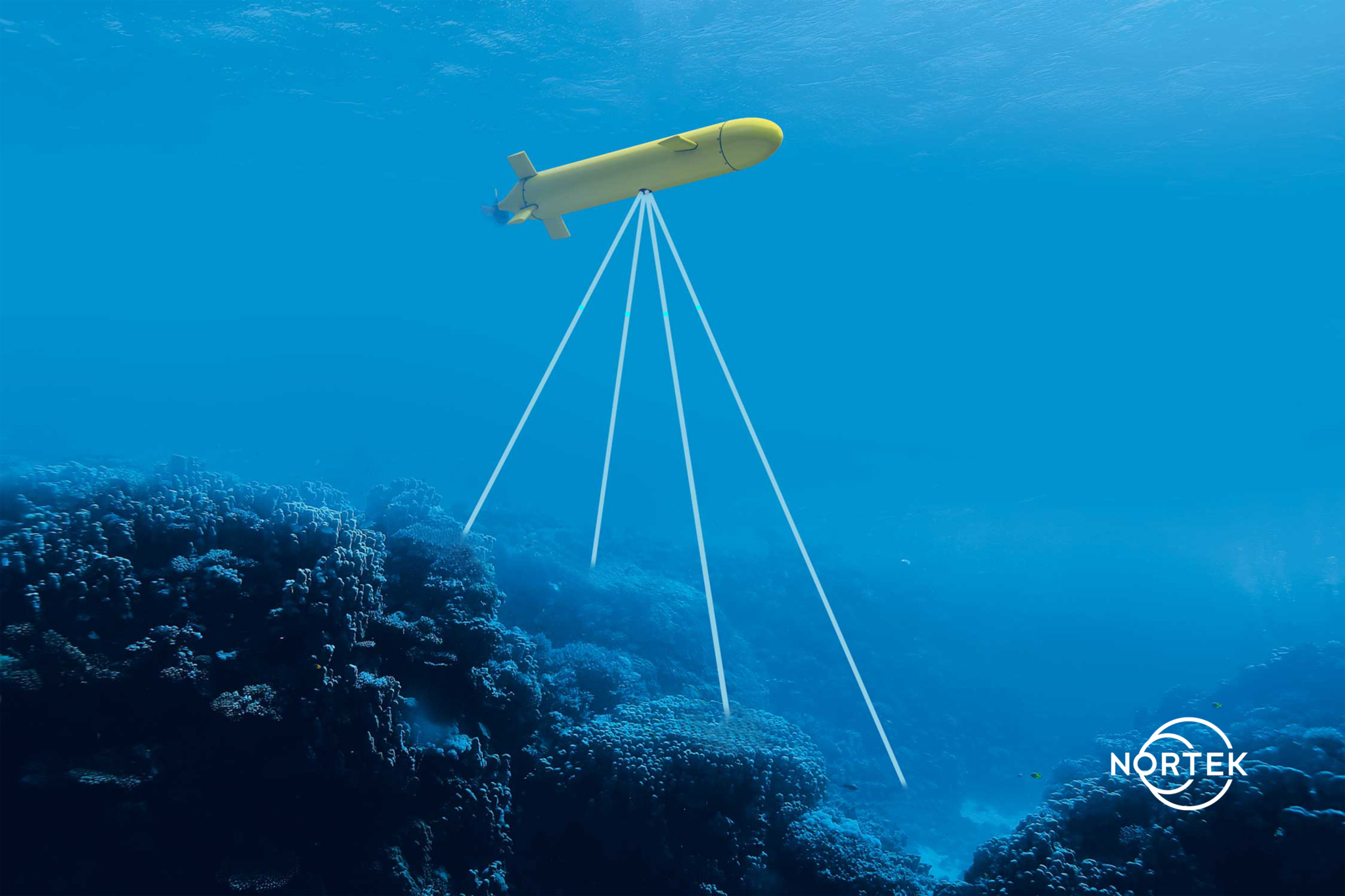
DVLs with bottom-tracking algorithms that improve accuracy and reliability for subsea navigation
Navigating subsea presents many challenges, and having a reliable navigation system is critical for successfully conducting a subsea mission with an ROV or AUV. Why is a sophisticated DVL with an advanced bottom-tracking algorithm crucial for subsea vehicles navigating in challenging environments?
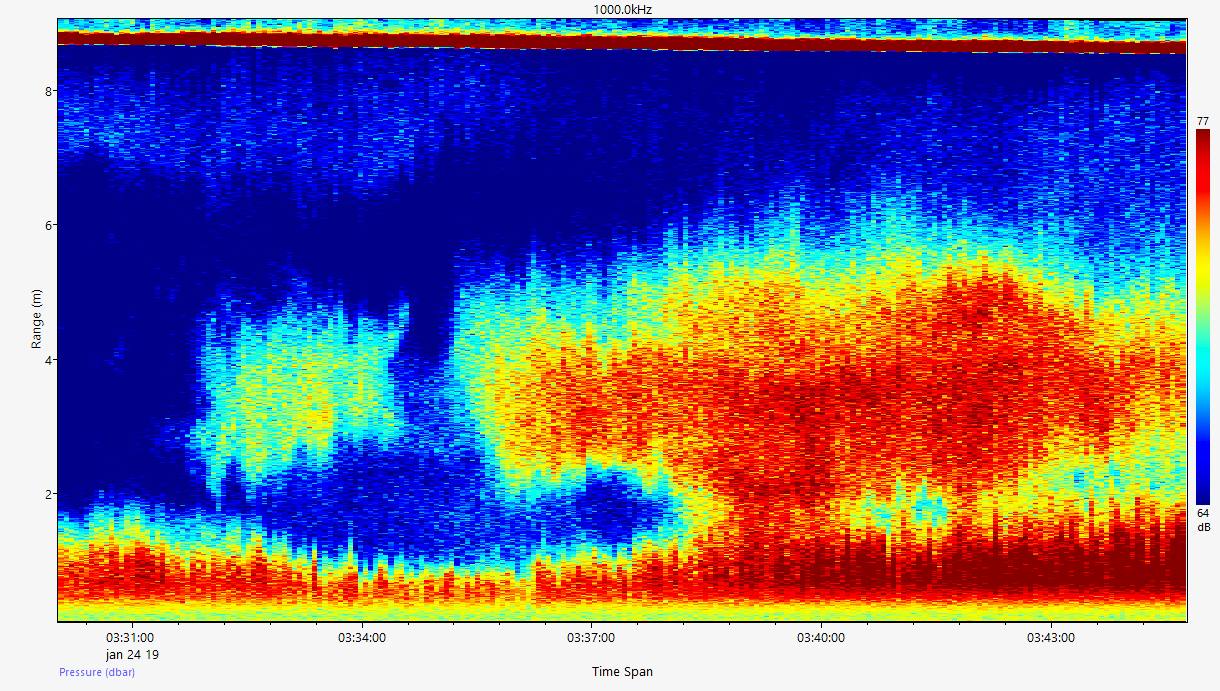
Two problems in sediment measurements tackled
ADCPs are great for current measurements, but can they be improved for sediment measurements? Absolutely! In this article you will find out how the Signature1000 echosounder improves two important aspects of your sediment measurements.
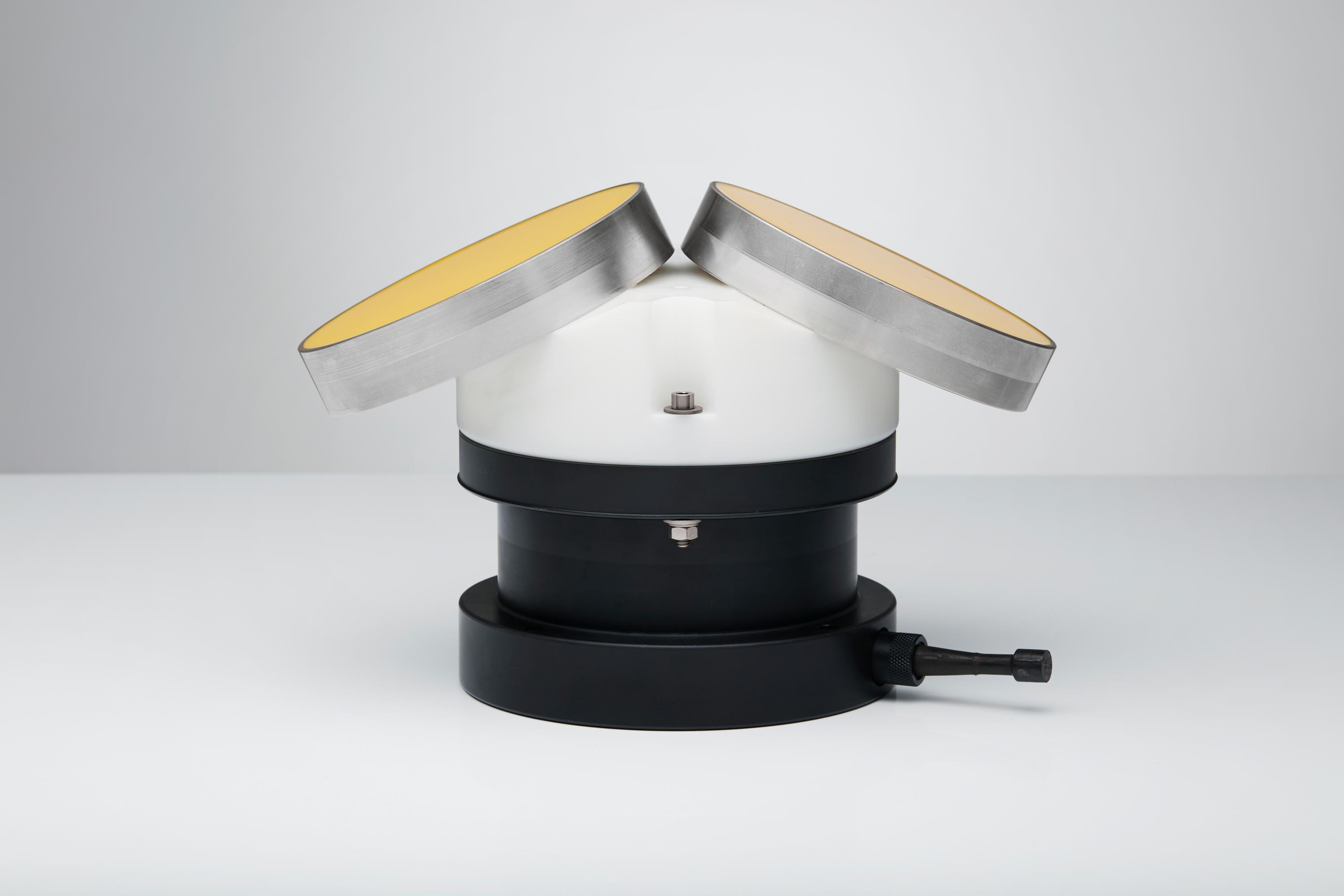
Explaining online measurement of oceanographic data
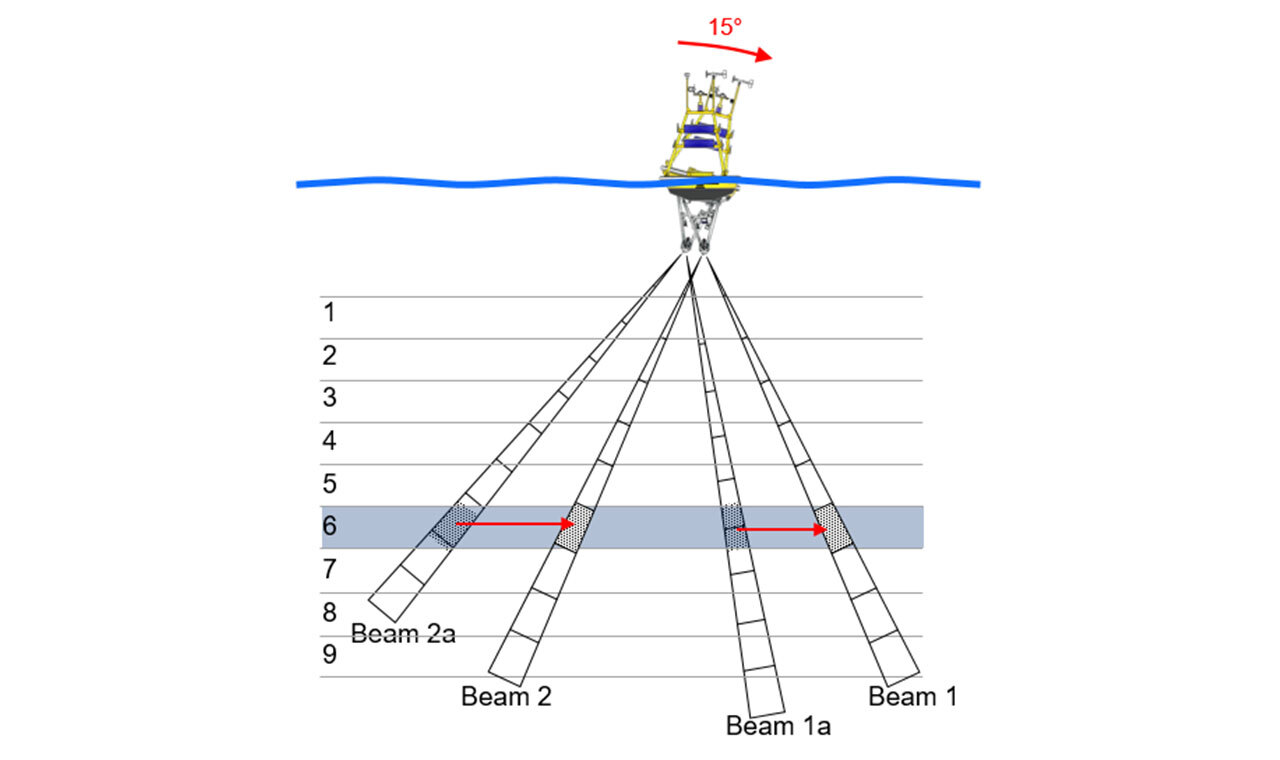
Taking back surface-buoy-based ADCP measurements
Adding sophisticated Attitude and Heading Reference Sensors (AHRS) inside our series of Signature ADCPs is helping scientists and ocean engineers obtain reliable data from ADCPs mounted on surface buoys.

Helping researchers keep up the quality of Japan’s waters
Although Nortek’s Vector velocimeter is more accustomed to highly energetic environments such as those found in surf zones, researchers in Japan have shown that it is equally at home in much more gentle – yet just as challenging – conditions.